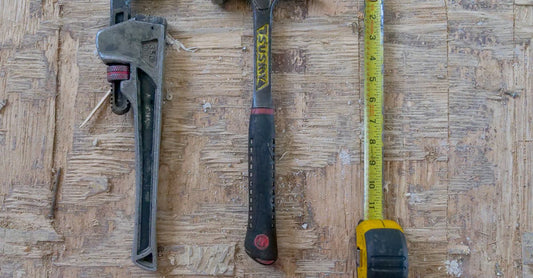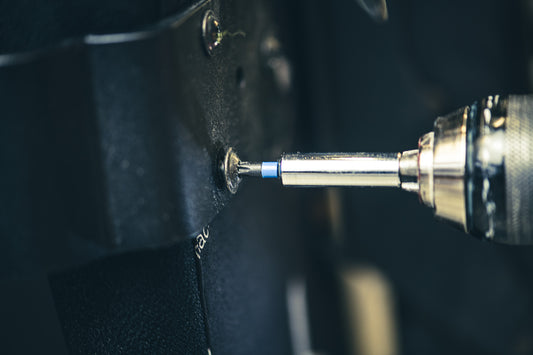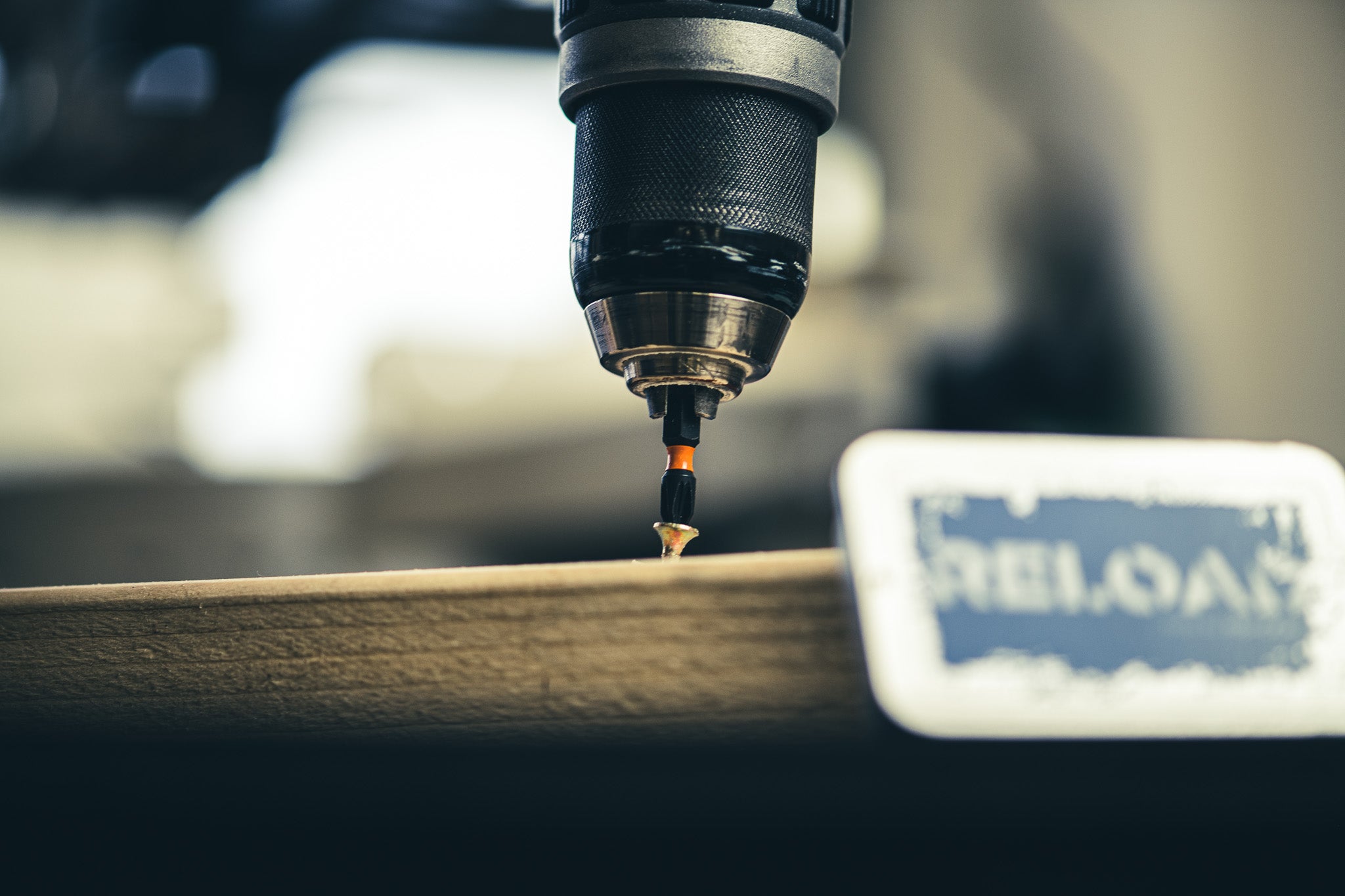hēt trās-ing kā-bəl
Noun
An electric cable used to heat pipes and vessels to maintain a constant temperature.
Example usage: The plumber installed heat tracing cable around the water pipes to keep them from freezing.
Most used in: Industrial and commercial settings.
Most used by: Plumbers, electricians, and HVAC technicians.
Popularity: 8/10
Comedy Value: 2/10
Also see: Heat Trace Cable, Self Regulating Heating Cable, Trace Heating Cable, Constant Wattage Heating Cable,
What is Heat Tracing Cable?
Heat tracing cable is a type of electrical cable used in plumbing construction to protect pipes from freezing or to maintain the temperature within a pipe. It works by providing a low-wattage electrical current to the cable, which then transfers heat to the pipe. Heat tracing cable is commonly used in outdoor plumbing installations, particularly in cold climates, to prevent pipes from freezing and bursting.
Heat tracing cable is also known as 'heat cable' or 'heat tape'. It is available in a variety of configurations, including self-regulating and constant wattage. Self-regulating heat tracing cable adjusts its wattage output according to the temperature of the pipe, while constant wattage cables maintain a constant wattage output regardless of the temperature of the pipe.
Heat tracing cables are widely used in plumbing installations, with an estimated 20 million feet of heat cable being used in the US each year. Heat tracing cables are also used in other industries, such as HVAC and refrigeration, to maintain the temperature of pipes and systems.
Heat tracing cables are a cost-effective and efficient way to protect pipes from freezing or to maintain the temperature within a pipe. They are easy to install and can be used in a variety of applications. Heat tracing cables are an essential component of any plumbing installation in cold climates.
The Origin of Heat Tracing Cable
Heat tracing cable, also known as heating cable or heat tape, is an electrical device used to provide localized heat in pipes, tanks and other vessels. It is commonly used in plumbing, construction and other industries to maintain a constant temperature in the vessel. Its history dates back to the mid-1900s when it was first used in the United States.
The term 'heat tracing cable' was first used in the 1950s when it was used to keep water pipes from freezing in cold climates. The cable was designed to be wrapped around the pipes and then connected to a power source. This allowed for a constant temperature to be maintained in the pipes, even in the coldest of climates.
Since its introduction, heat tracing cable has become a popular choice for many plumbing and construction projects. It is used to keep pipes from freezing, provide localized heat, and to prevent condensation from forming on the pipes. It is also used to maintain a constant temperature in tanks, vessels, and other containers.
Heat tracing cable has been an invaluable tool for plumbers and construction workers for decades. Its ability to provide localized heat has made it a popular choice for many projects. The term itself has been in use since the 1950s, and its popularity has only grown since then.




